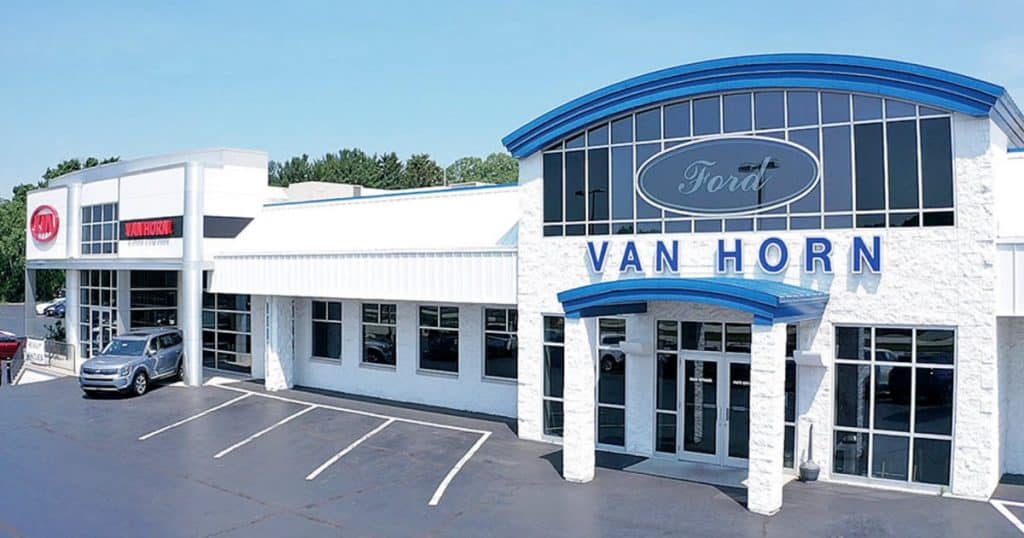In the past, some ESOP experts have said automakers don’t want their franchisees to have ESOPs because of their complex structures and concerns they would have to deal with more than one executive.
“I think there’s been an evolution in the thinking of automakers that these types of companies, which have the culture and focus on customer service, loyalty and operate efficiently, are doing very well,” he said. said Josephs. “We have broken the ice over the past two decades.”
Today, Van Horn says 386 of its 711 employees are in ESOP. To qualify for the Van Horn Automotive ESOP, employees must be at least 18 years old and work at least 1,000 hours per year. After employees have worked for a year, they participate in the plan and become fully vested five years later, Niesen said.
“When you have someone who is fully invested, they have that much more incentive to stay because they can just increase their pension that much more,” said Teresa Van Horn.
Jenny Krebsbach, controller of Van Horn Automotive Group, is one such employee. Krebsbach has worked for the group for 37 years and has been part of its internal ESOP committee since the program launched.
“That’s a big reason why I might stay a little longer or extend my retirement,” Krebsbach said. “Obviously, I’m not looking to go find another job.”
For Van Horn, the ESOP also makes it possible to recruit employees.
“The further we go and the more these account values increase, the more it becomes a recruiting tool,” Niesen said. “Because now you can say to someone, ‘Look, we have people who have $200,000, $300,000, $400,000 sitting there that they haven’t contributed to. Do you want to be part of this? “
